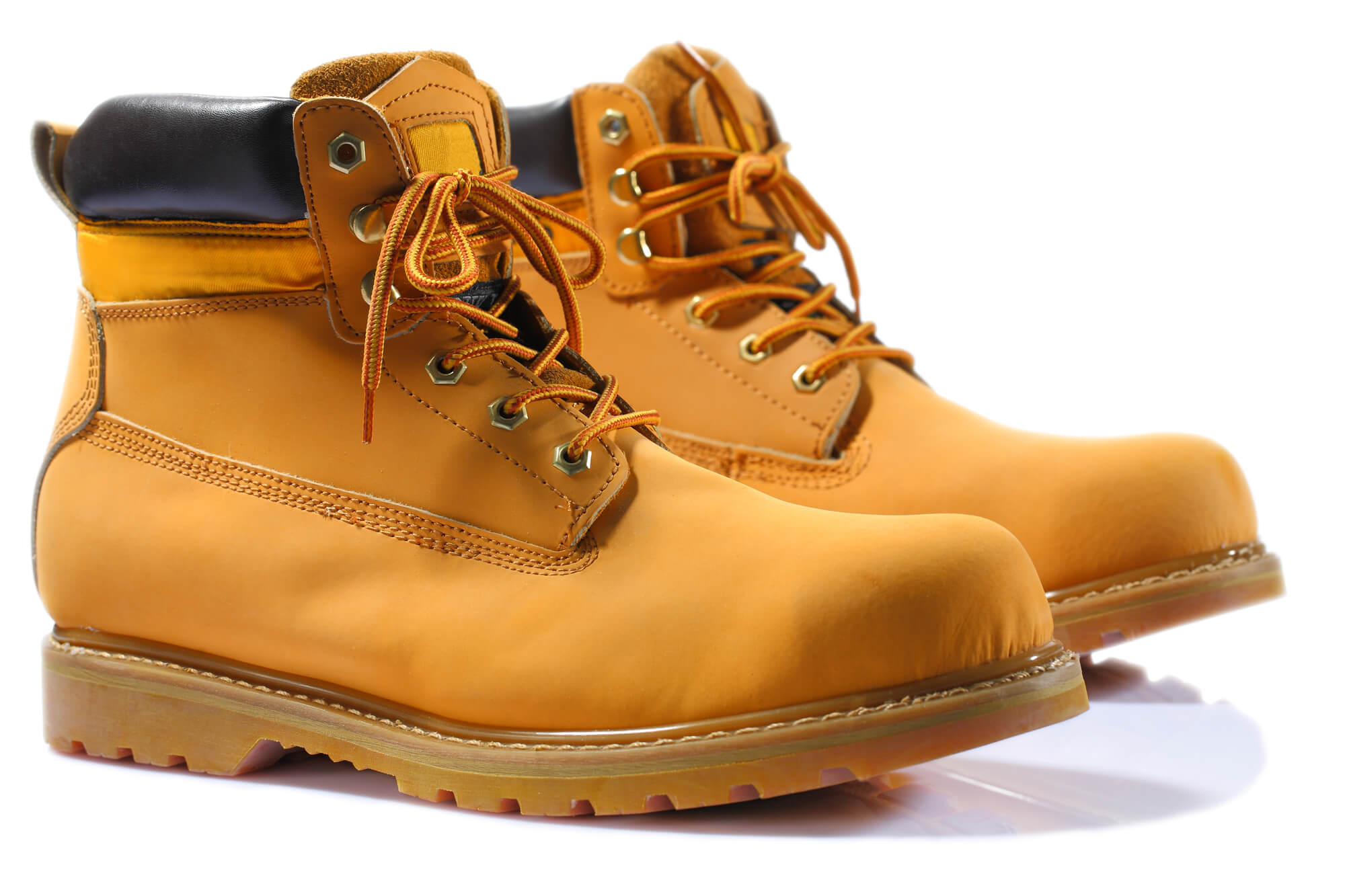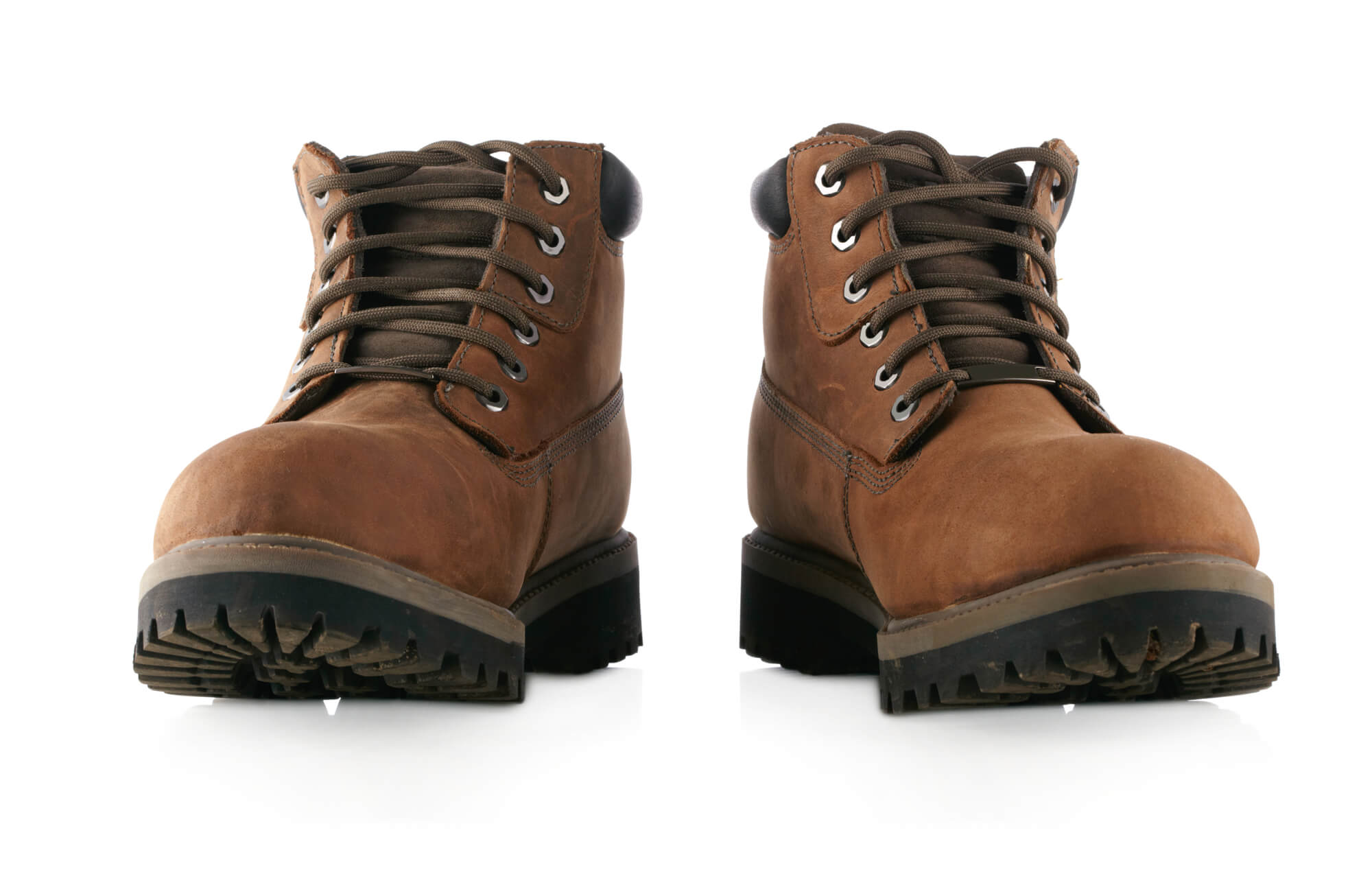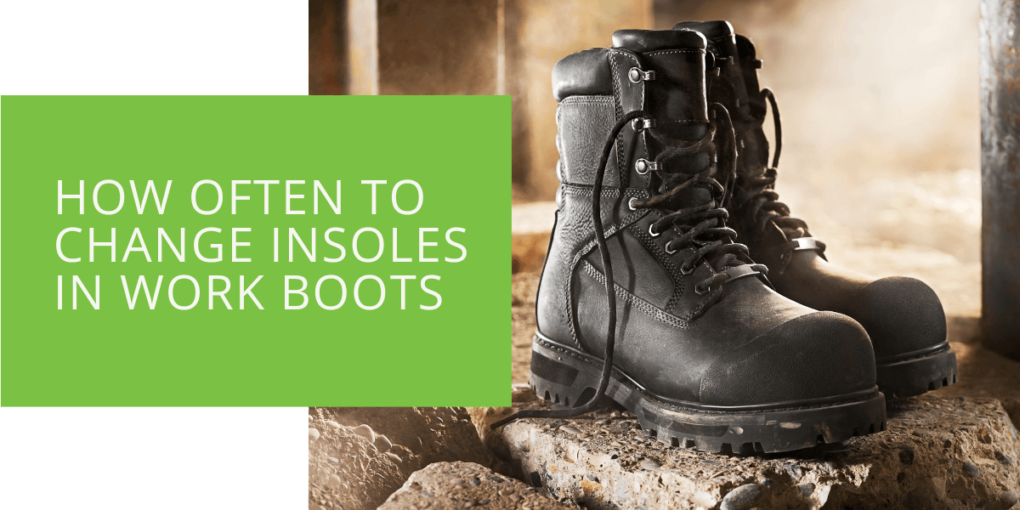How Often to Change Insoles in Work Boots
Proper foot support is crucial for those who spend long hours in work boots. Insoles play a significant role in enhancing comfort, reducing foot fatigue, and preventing foot-related issues. However, knowing when to change your insoles is essential to maintain optimal foot health and functionality. This article will delve into the importance of insole replacement, signs that indicate the need for replacement, and tips for extending the lifespan of your insoles.
Understanding Insoles in Work Boots
Definition and Purpose of Insoles
Insoles, or shoe insoles or inserts, are removable cushioning inserts placed inside work boots. They provide additional support, cushioning, and shock absorption, making them essential for foot comfort in demanding work environments.
Types of Insoles for Work Boots
Various insoles are available for work boots, including arch support insoles, cushioned insoles, and orthotic insoles. Arch support insoles are designed to provide extra support to the natural arches of the feet, promoting proper alignment and reducing strain. Cushioned insoles offer enhanced cushioning for added comfort and shock absorption. Orthotic insoles are designed to address specific foot conditions and provide customized support.
Signs it's Time to Change Insoles
Wear and Tear
One of the most evident signs that your insoles need to be replaced is wear and tear. Over time, insoles may show visible signs of damage, such as flattened cushioning, cracks, or material deterioration. When the cushioning starts to compress, it loses its ability to provide adequate support and cushioning for your feet.
Loss of Effectiveness
As you wear insoles over an extended period, they may gradually lose their effectiveness. You may experience increased foot pain, reduced cushioning, and decreased shock absorption. These signs indicate that your insoles no longer provide the support and comfort they once did, and it's time to replace them.
Frequency of Insole Replacement
Determining the ideal frequency for replacing insoles in work boots can depend on various factors. While general guidelines suggest replacing insoles every 6 to 12 months, it's important to consider individual needs and specific circumstances.
General Guidelines
The standard recommendation for insole replacement is to do so every 6 to 12 months. This timeframe accounts for the typical wear and tear of regular use. However, it's essential to remember that these are general guidelines and may not apply universally to every individual.

Factors Affecting Replacement Frequency
Several factors can influence how often you should change your insoles:
Foot Conditions and Discomfort
If you have pre-existing foot conditions, such as flat feet, plantar fasciitis, or high arches, you may require more frequent insole replacement. These conditions can exert more pressure on the insoles, causing them to compress and lose effectiveness over time. Pay close attention to any increase in foot discomfort or pain, which may indicate that your insoles must be replaced sooner.
Work Environment and Usage Patterns
Consider the nature of your work environment and the intensity of your activities. If you work in physically demanding occupations or engage in activities that put significant stress on your feet, your insoles may wear out more quickly. More frequent replacement, such as every 3 to 6 months, might be necessary in these cases to maintain optimal support and cushioning.
Personal Comfort Preferences
Individual comfort preferences can also influence the frequency of insole replacement. Some individuals may be more sensitive to changes in cushioning or support, preferring to replace their insoles sooner for consistent comfort. Pay attention to any changes in how your feet feel, as this can guide you in determining when to replace your insoles based on your personal comfort needs.
Monitoring Signs and Self-Assessment
Regularly monitor the condition of your insoles to assess their wear and tear. Look for visible signs of deterioration, such as flattened cushioning, cracks, or compressed support. Additionally, self-assess how your feet feel during and after wearing the work boots. If you notice increased foot pain, reduced cushioning, or decreased shock absorption, these are indications that your insoles may need to be replaced.
It's crucial to balance adhering to general guidelines and listening to your body. By paying attention to your foot comfort, monitoring the condition of your insoles, and considering the factors mentioned above, you can make informed decisions about the frequency of insole replacement that best suits your needs.

Extending Insole Lifespan
Proper Care and Maintenance
Taking proper care of your insoles can help extend their lifespan. Regularly clean your insoles to remove dirt, sweat, and odor. Allow them to dry thoroughly before placing them back in your work boots. Storing them in a clean and dry environment can also prevent premature deterioration.
Rotation with Multiple Pairs
Consider having multiple pairs of insoles and rotating them between your work boots. This practice allows the insoles to recover from compression and extend their lifespan. It also ensures that you always have fresh insoles providing optimal support and cushioning.
Seeking Professional Advice
If you're unsure about the condition of your insoles or need personalized guidance, it's best to consult with a podiatrist. A podiatrist can evaluate your feet, assess your needs, and recommend the most suitable insoles for your work boots. They can advise on replacement frequency based on your foot condition and usage patterns.
Conclusion
Regularly changing your insoles in work boots is essential for maintaining optimal foot support, comfort, and overall foot health. By recognizing the signs of wear and tear, loss of effectiveness, and individual foot needs, you can ensure that your feet receive the necessary support and cushioning. Remember to follow general guidelines for replacement frequency, but also pay attention to your unique foot conditions and comfort preferences.
Proper care and maintenance, such as regular cleaning and drying, can help extend the lifespan of your insoles. Additionally, rotating between multiple pairs of insoles allows them to recover and provides consistent support. If you have any concerns or need personalized advice, consulting a podiatrist will ensure you receive professional guidance tailored to your specific foot needs.
Investing in new insoles when needed will help prevent foot problems such as blisters, heel pain, and arch discomfort. Don't let worn-out insoles compromise your foot health and overall well-being. Stay proactive in caring for your feet by replacing your insoles regularly and enjoying the benefits of comfortable, supportive work boots.
By prioritizing insole replacement and maintaining the lifespan of your insoles, you can ensure that your work boots continue to provide the necessary support, cushioning, and shock absorption for a safe and comfortable work environment.
Key Takeaways
- Regularly changing insoles in work boots is crucial for maintaining optimal foot support and comfort and preventing foot-related issues.
- Signs it's time to change insoles include wear and tear, loss of effectiveness, and increased foot pain.
- Replacement frequency depends on factors such as foot conditions, work environment, and personal comfort preferences, but general guidelines suggest every 6 to 12 months.

